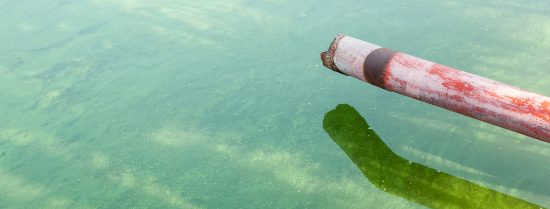A Novel Experimental Assay to Facilitate Risk Assessment of Selection for Antimicrobial Resistance in the Environment
Antimicrobial resistance (AMR) is one of the most significant health threats to society. A growing body of research demonstrates selection for AMR likely occurs at environmental concentrations of antibiotics. However, no standardized experimental approaches for determining selective concentrations of antimicrobials currently exist, preventing appropriate environmental and human health risk assessment of AMR.
The lack of evidence demonstrating environmental selection for AMR, and of associated human health risks, is a primary reason for the lack of action in the mitigation of release of antibiotics into the aquatic environment. We present a novel method that can reliably and rapidly fill this data gap to enable regulation and subsequent mitigation (where required) to lower the risk of selection for, and human exposure to, AMR in aquatic environments. In particular, ciprofloxacin and, to a lesser extent, azithromycin, cefotaxime, and trimethoprim all pose a significant risk for selection of AMR in the environment.
AMR NEWS
Your Biweekly Source for Global AMR Insights!
Stay informed with the essential newsletter that brings together all the latest One Health news on antimicrobial resistance. Delivered straight to your inbox every two weeks, AMR NEWS provides a curated selection of international insights, key publications, and the latest updates in the fight against AMR.
Don’t miss out on staying ahead in the global AMR movement—subscribe now!






